Understanding and utilising the Dyslexia Map: A resource for educators and parents
)
What is the Dyslexia Map?
The Dyslexia Map is a digital resource aimed at helping individuals locate dyslexia associations and related support services around the world. Its goal is to make it easy for anyone, regardless of location, to find the support they need. This map, conceived nearly four years ago, now features nearly 6,500 entries and has garnered close to 90,000 views. Initially, the map's creation involved inputting a variety of dyslexia associations, but it quickly became evident that defining what constituted a "dyslexia association" was more complex than anticipated.
Research and development of the Dyslexia Map
My research revealed that dyslexia associations vary significantly in scope and recognition. Questions arose about what qualifies as an official dyslexia association. For instance, if the International Dyslexia Association was included, should smaller, regional organisations like Decoding Dyslexia Minnesota also be included? This raised further questions about the inclusion criteria for the map.
Moreover, the distinction between "official" associations and other relevant organisations was often blurry. Bodies such as the European Dyslexia Association are well-known but not necessarily more legitimate than smaller, localised groups. As a result, the criteria for inclusion expanded to encompass diagnostic assessors, dyslexia-friendly schools, local support groups, volunteer groups, and charities.
Navigating political and ethical considerations
The map's development also involved navigating political and ethical considerations. Decisions needed to be made about whether to include organisations that were not solely focused on dyslexia or those that employed controversial practices. Ultimately, the map aimed to provide comprehensive information, allowing users to make their own informed choices. This approach meant including a wide range of entities, from schools in economically deprived areas that are educationally inclusive to organisations promoting unconventional methods.
However, not all organisations could be easily located geographically, especially those that operate primarily online or claim to be "worldwide." Determining the physical locations of such organisations was challenging and sometimes ethically questionable. In some cases, it was appropriate to include them on the map; in others, it was not.
Emotional and practical challenges
Creating the map also brought to light emotional challenges. For example, the status of dyslexia associations in conflict zones like Ukraine, where many associations may have closed permanently, posed a significant issue. While an open-source model for the map could have addressed some challenges, it also risked misuse and the propagation of biased information.
I encountered occasional requests to remove rival businesses from the map or to promote certain organisations over others. Maintaining the map's neutrality and ensuring it remained a tool for information rather than marketing was crucial.
Benefits of using the Dyslexia Map
Despite the complexities and challenges, the Dyslexia Map offers numerous benefits. It provides a valuable resource for parents, educators, and individuals with dyslexia, helping them find local support groups, diagnostic services, and educational resources. The map's inclusive approach ensures a wide range of options, enabling users to find the support that best suits their needs.
The map also fosters collaboration among organisations. Some entities discovered complementary organisations in their vicinity and began working together on new projects. This synergy enhances the overall support network for individuals with dyslexia.
Furthermore, the map offers an insightful overview of the state of dyslexia provision globally. It highlights regions with extensive dyslexia support, such as the UK and the US, and identifies areas where support is lacking. This information can guide future efforts to improve dyslexia services worldwide.
Conclusion
The Dyslexia Map stands as an invaluable resource for educators, parents, and individuals with dyslexia. It provides easy access to a comprehensive range of support services, fostering a more connected and informed community. By striving to be inclusive and apolitical, the map not only helps those seeking assistance but also offers a fascinating glimpse into the global landscape of dyslexia provision. In fulfilling its primary purpose, the Dyslexia Map has become an essential tool for anyone looking to navigate the complexities of dyslexia support.
Martin Bloomfield runs the Dyslexia Bytes project, is a Trustee of the Accessible Learning Foundation and Editor-in-Chief of the online academic journal NeuroConverse.
Tags
- association
- associations
- challenges
- Dyslexia
- educators
- find
- groups
- inclusive
- individuals
- information
- map
- maps
- more
- organisations
- parents
- range
- resource
- services
- such
- support
- those
- understanding
- utilising


)
)
)
)
)
)
)
)
)
)
)
)
)
)
)
)
)
)
)
)
)
)
)
)
)
)
)
)
)
)
)
)
)
)
)
)
)
)
)
)
)
)
)
)
)
)
)
)
)
)
)
)
)
)
)
)
)
)
)
)
)